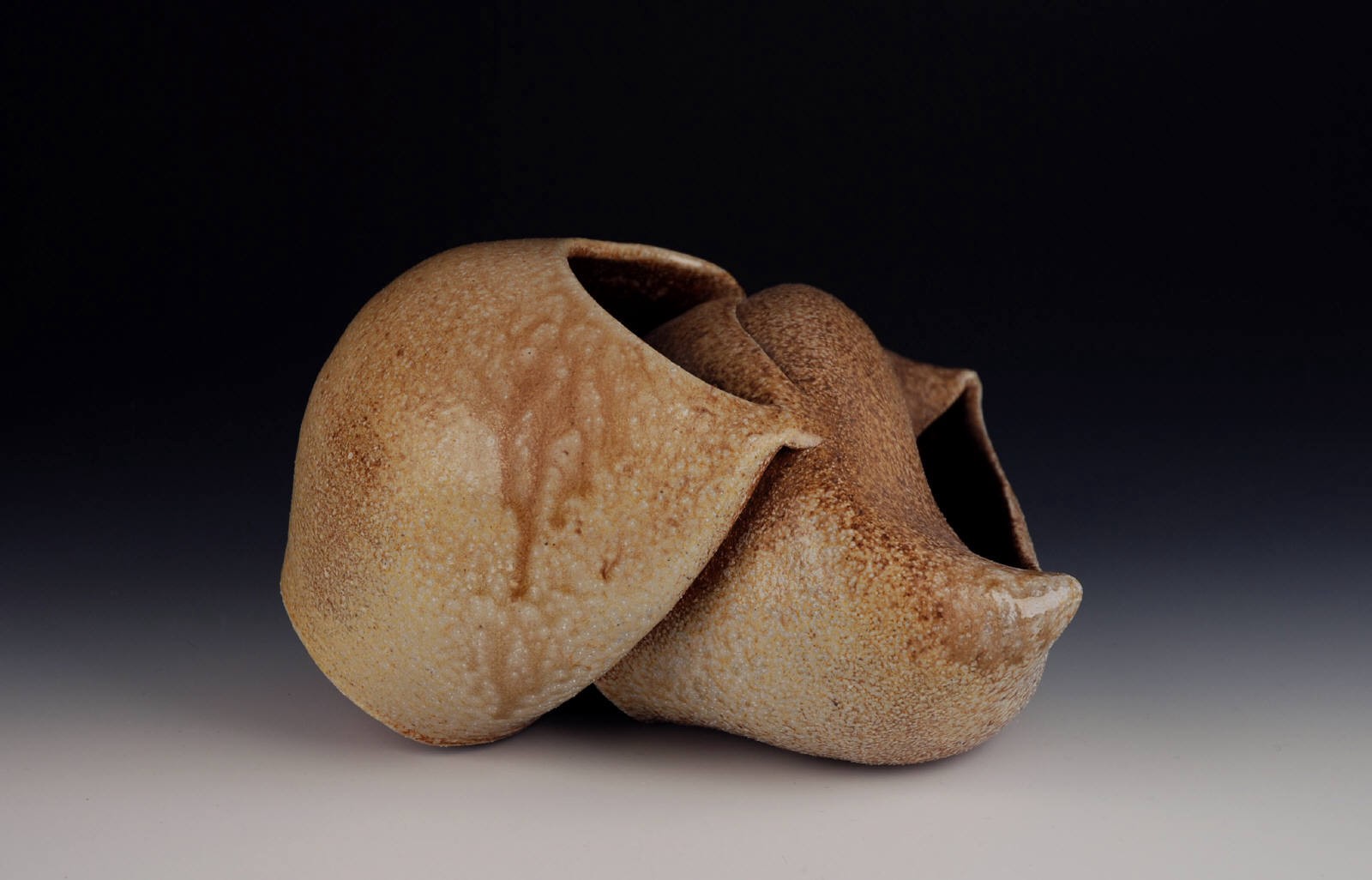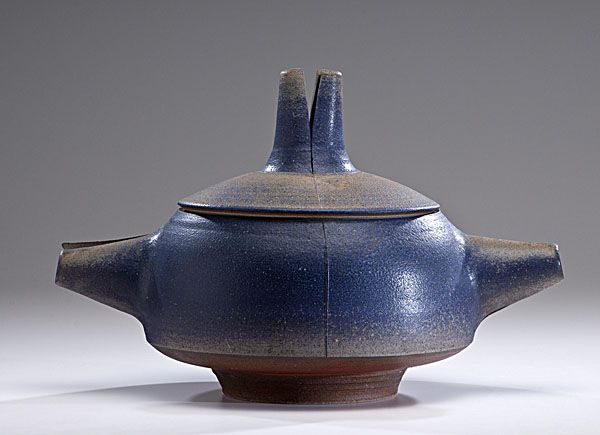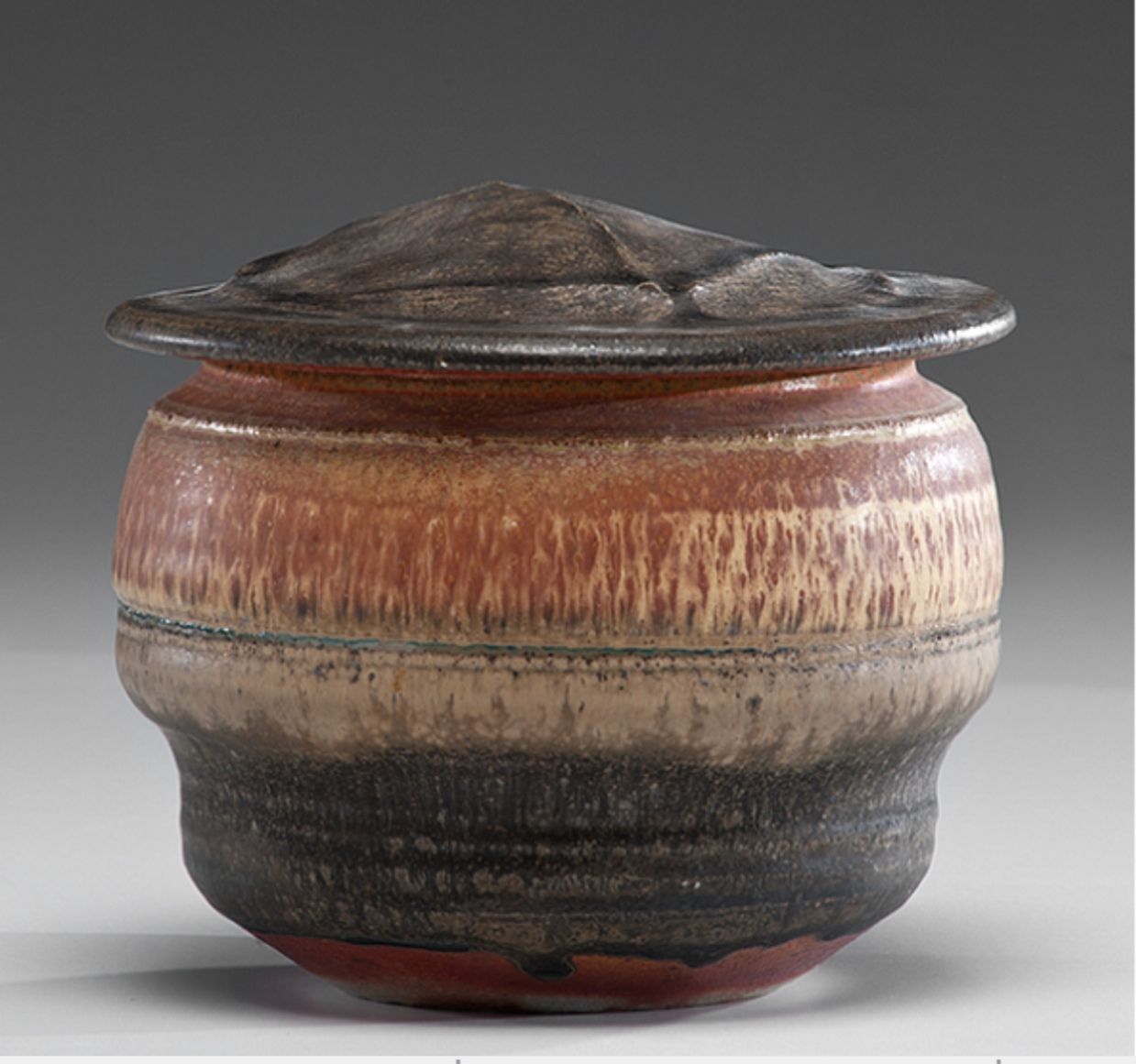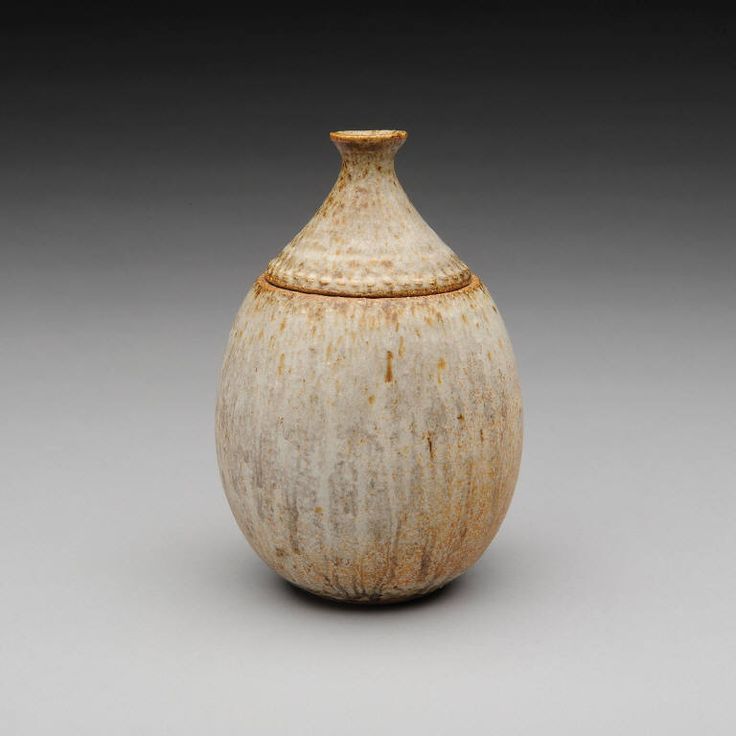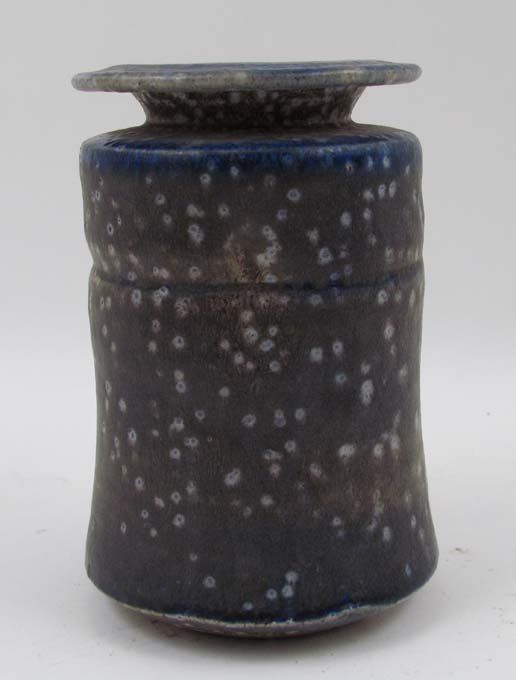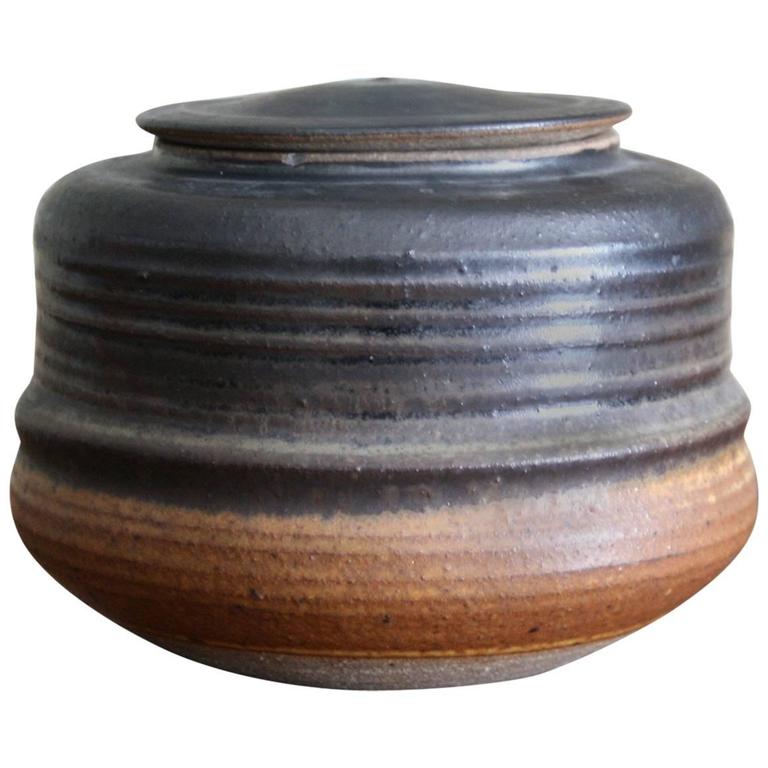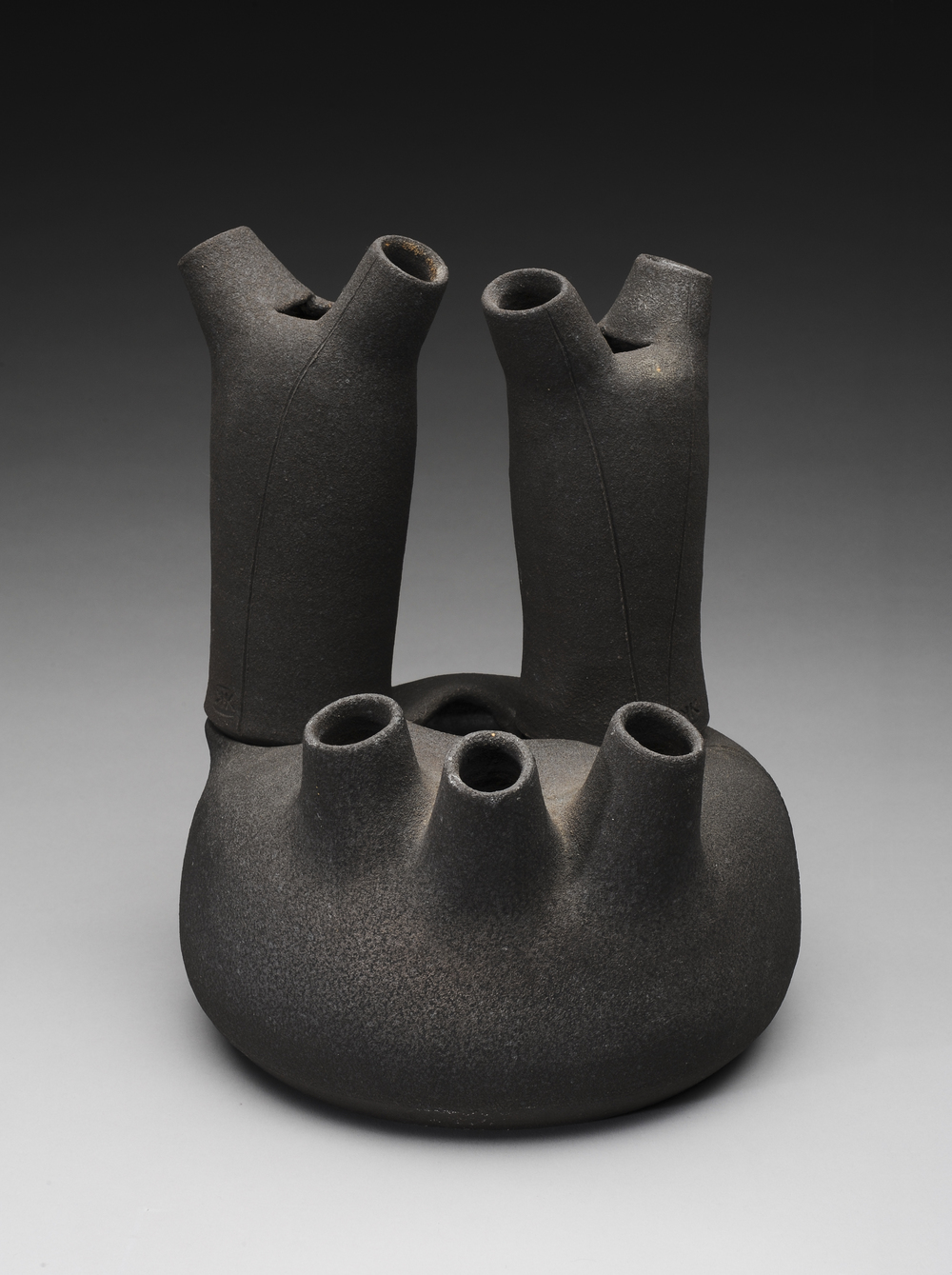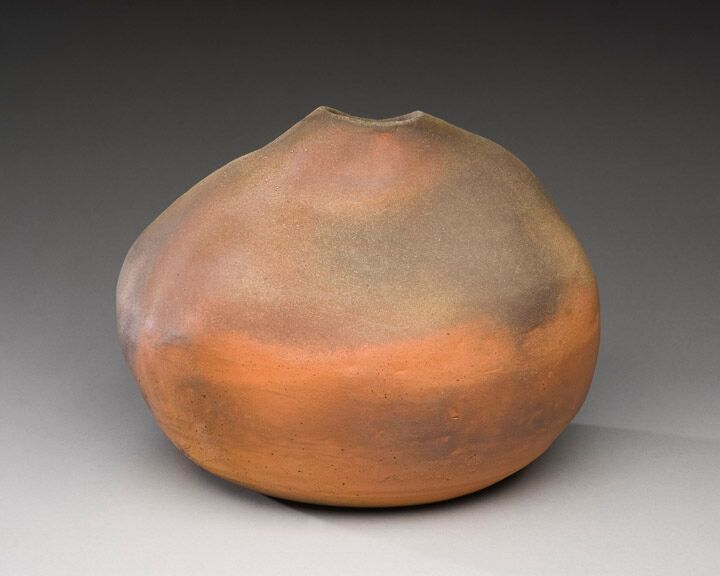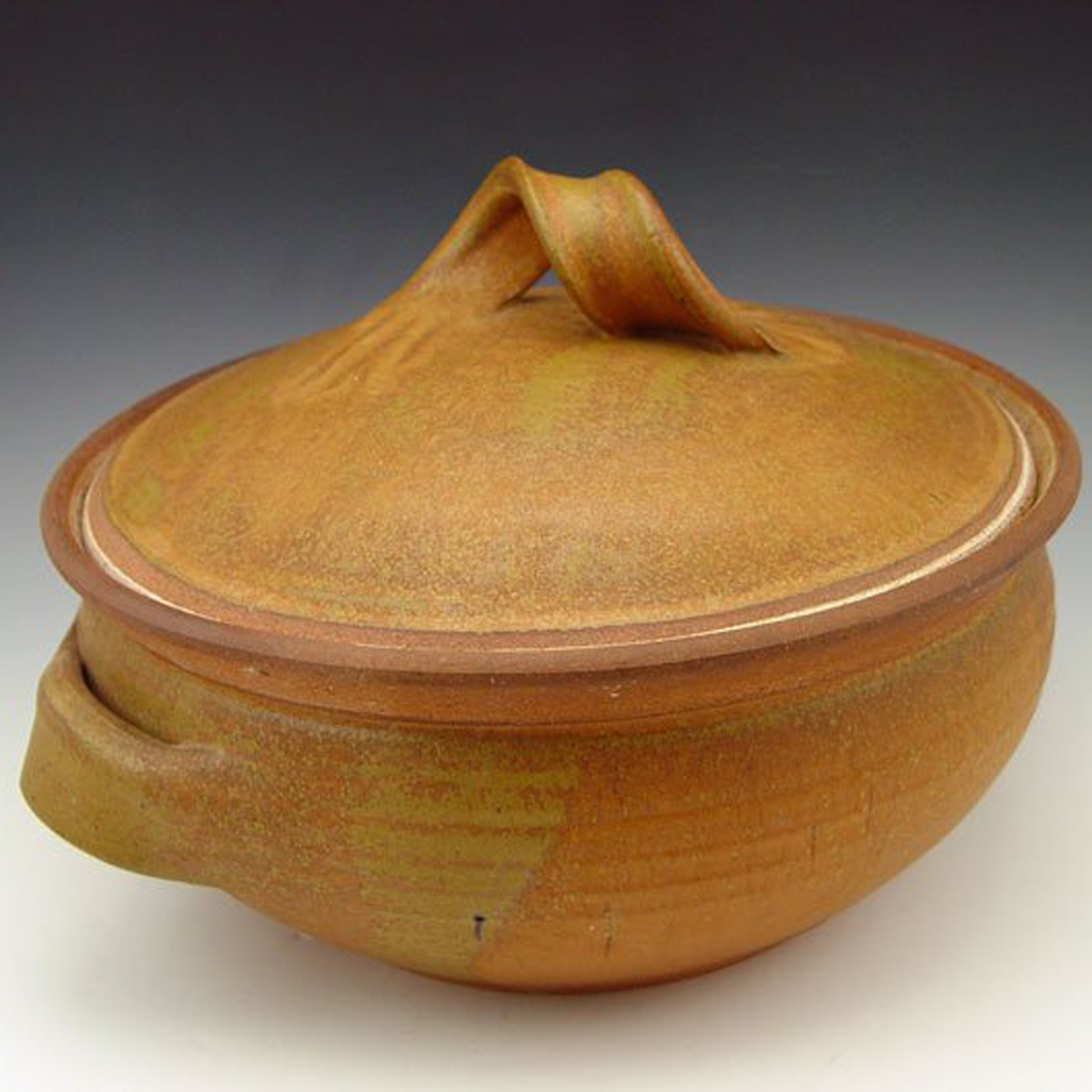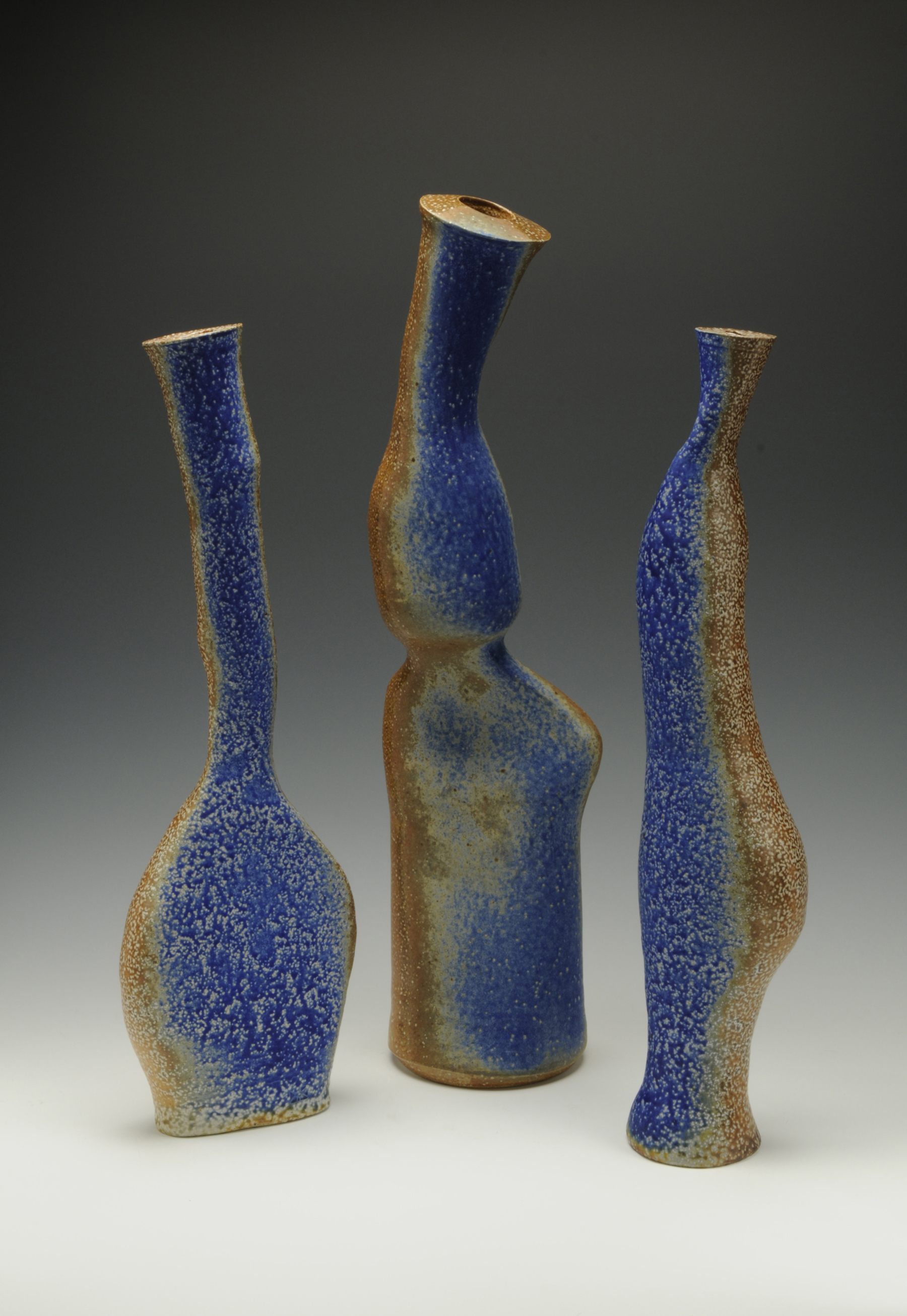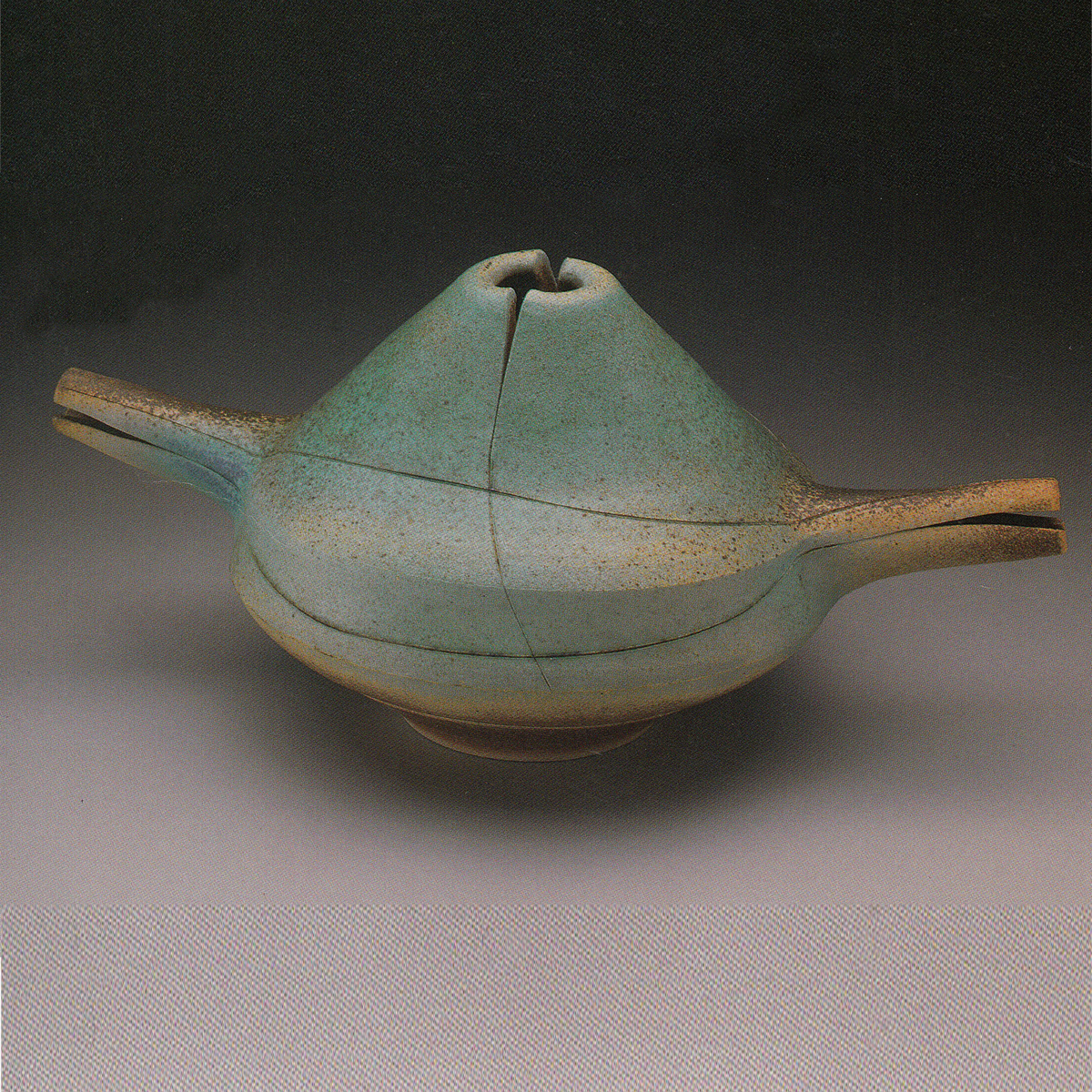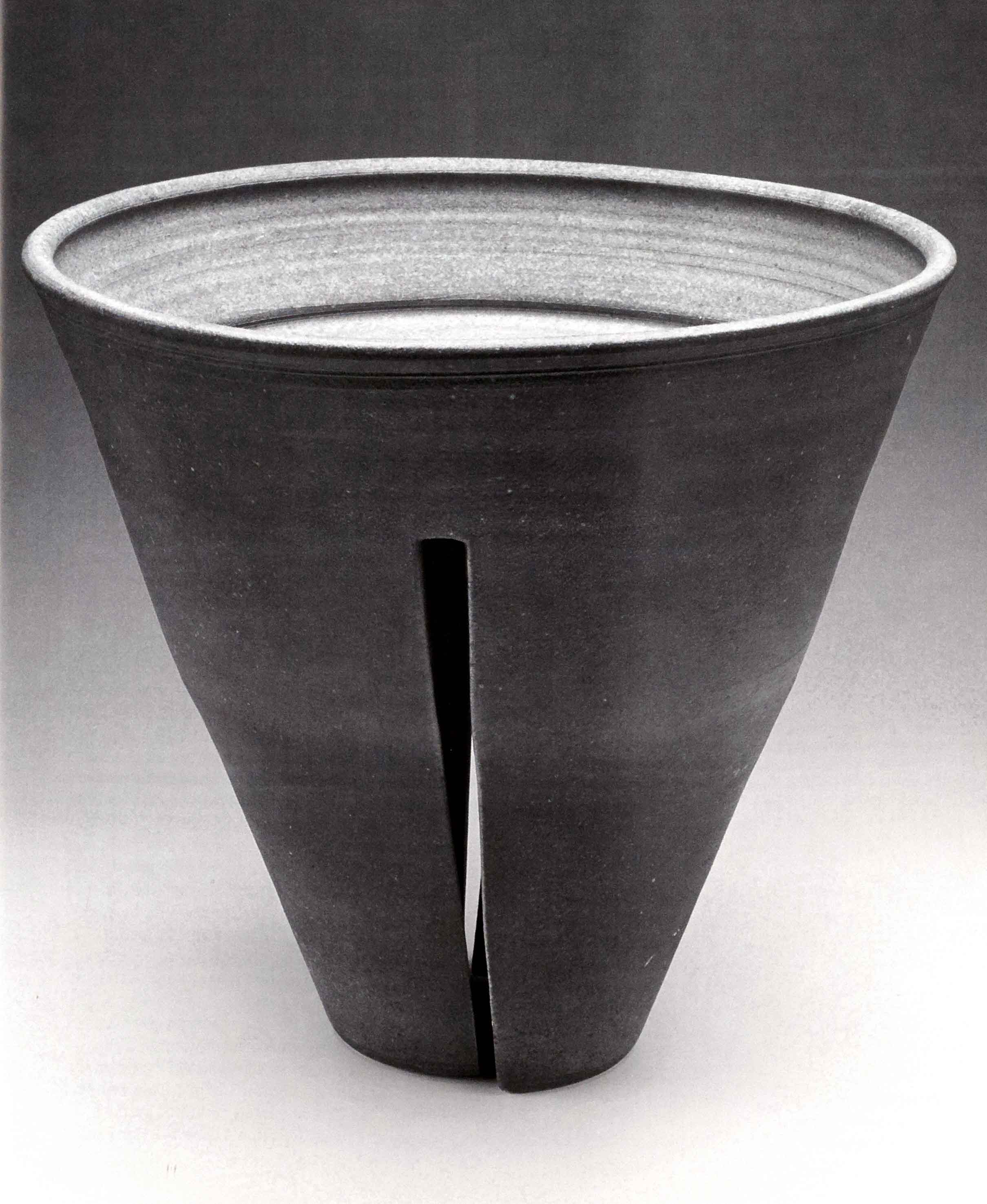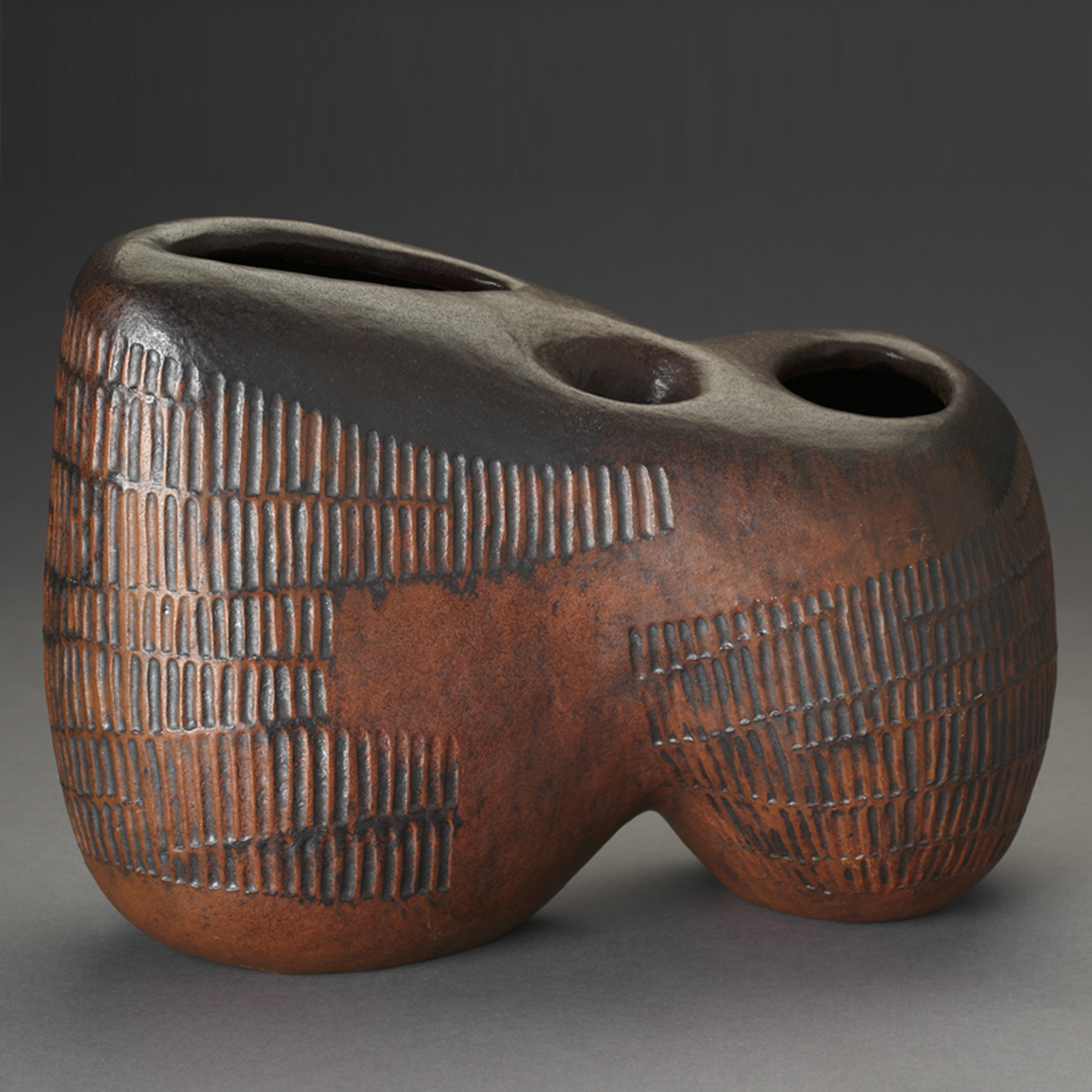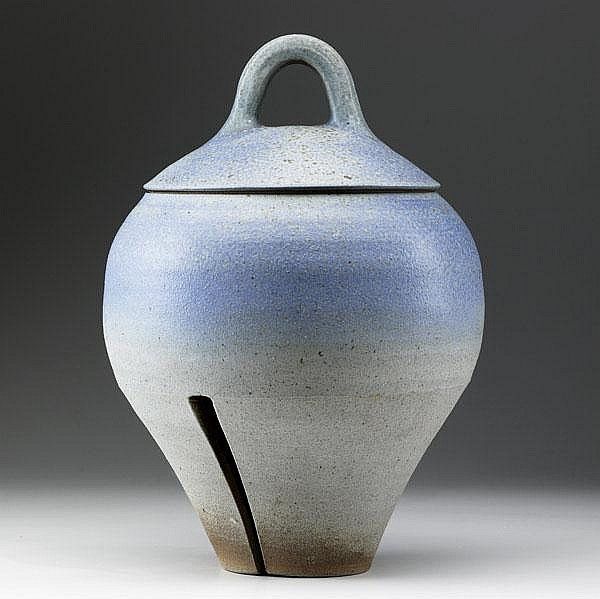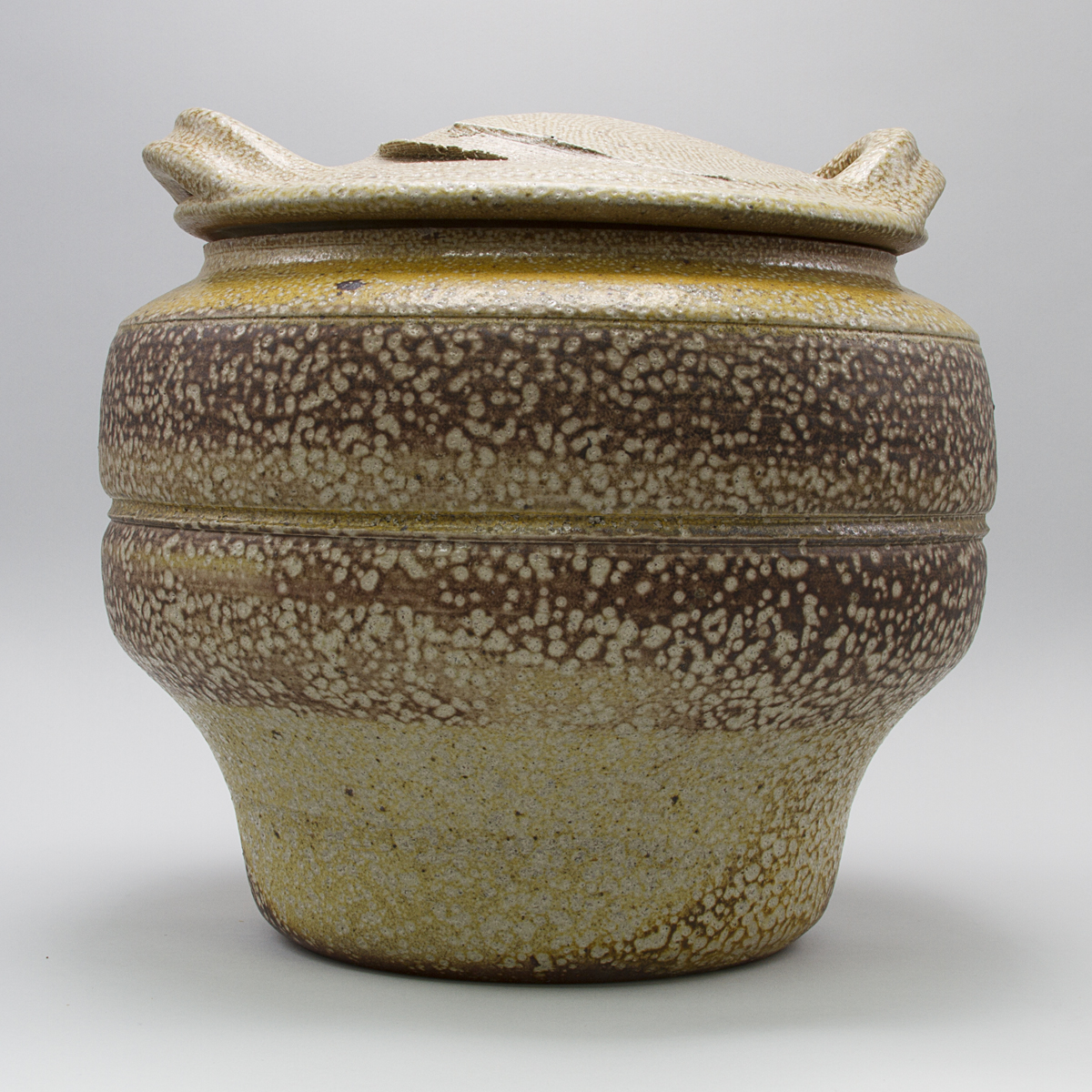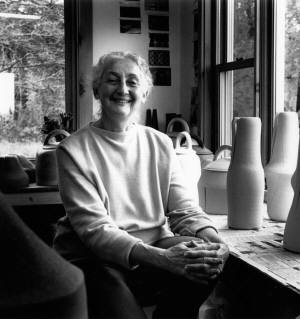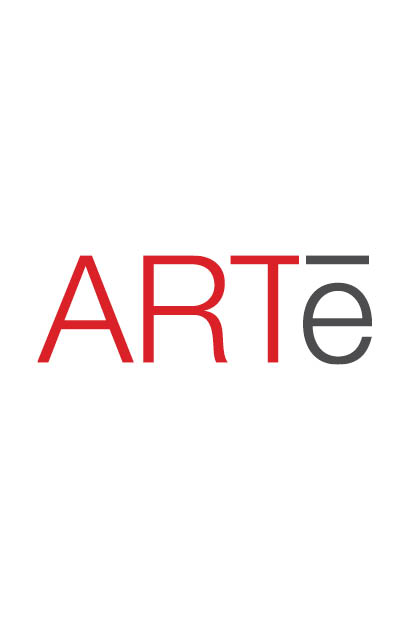Karen Karnes • American (1925-2016)
Vessel (L) C: 1993 • Stoneware 13" x 18" x 14"
Vessel (R) C: 1995 • Stoneware 14" x 10" x 15"
Karen Karnes grew up in the middle of a social experiment. Sometime around 1927, a special purpose home was designed and built by the International Ladies Garment Workers in the middle of New York’s cement mixer of immigrant life,. It was designed to be “just the right kind of house for families of working class people.” There, Karnes grew up in a cooperative colony filled with European culture, May Day parades, and Yiddish studies.
It was an odd part of the American tapestry and set the pattern of her life as she moved from the High School of Art and Music, to Brooklyn College, picking up a husband along the way. Together, they vagabonded from Brooklyn to the Tuscan pottery town of Sesto Fiorentino, then to low-paying residencies at Black Mountain College before becoming founding residents at the Gate Hill Cooperative in Stony Point, New York. It was another social experiment in “integrating art, life, family and community.” McKenzie Smith, a frequent visitor, had an earthier take on the free-wheeling Gate Hill life, recalling a “naked hippieville” with Karen Karnes a “formidable presence among the wildness.”
(story continues below break)
INTERESTING STORIES FROM OUR SPONSORS

All experiments end. Her husband left, but their child stayed. Karen Karnes started over again, crafting a life out of ceramic pots. She was a hit at New York’s Bonniers Gallery where her exceptionally well-crafted tableware and flameproof ceramic casserole dishes were prized. Although spiritually unable to make more than 10 of any one item at a time, she soon catapulted to stardom in the studio pottery movement of the mid-20th Century.
In thrall to famed potters Bernard Leach and Shoji Hamada, she became a country potter, sharing a Vermont home, studio and life with Ann Stannard a well-known kiln-builder, educator and artist. Together they energized the annual craft show at the Old Church Cultural Center in Demarest, New Jersey, an art school founded by a “band of artists and friends looking to start a community art school.”
In 1998 Karnes’ home, studio and kilns burned to the ground. A band of artists and friends helped Karnes and Stannard rebuild and start again though both were well into their Golden Years. It seems that Karen Karnes life was always about a band of artists and friends looking to start something new.
Canton Museum of Art Permanent Collection • (both) Purchased with monies from the Doran Foundation and
In Memory of Edward & Rosa J. Langenbach, 2007.8 (L) and 2007.9 (R)
4 Ways to Sound Smart When Viewing at The Canton Museum of Art
1.
“Once asked by a customer how much it would be for 12 of the same pot, she replied: ‘Much more for each since I’ll have no fun doing them.’”
2.
“She was a towering figure in the studio pottery movement of the mid 20th Century. It was a popular movement featuring handmade pottery.”
3.
“Her Vermont home burned to the ground in 1998 and the ceramics community rallied around her providing financial and emotional support to rebuild.”
4.
“She developed flameware casserole dishes in the early 1960s. Production of this iconic item provided a financial foundation for her later studio work.”
Karnes Timeline. Scroll over images to see timeline.
